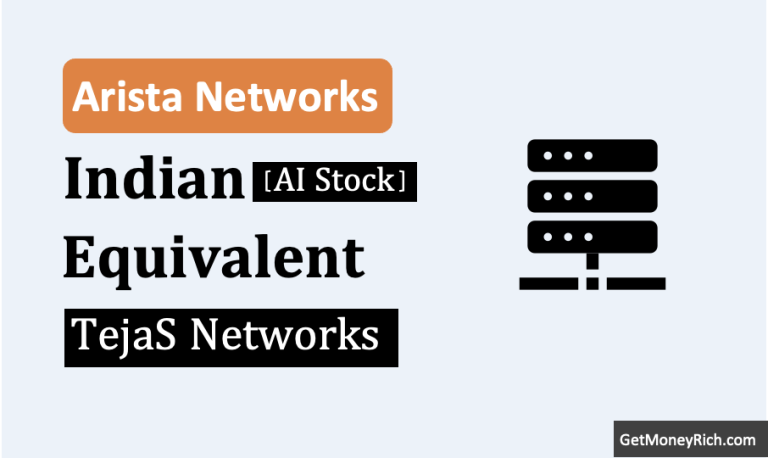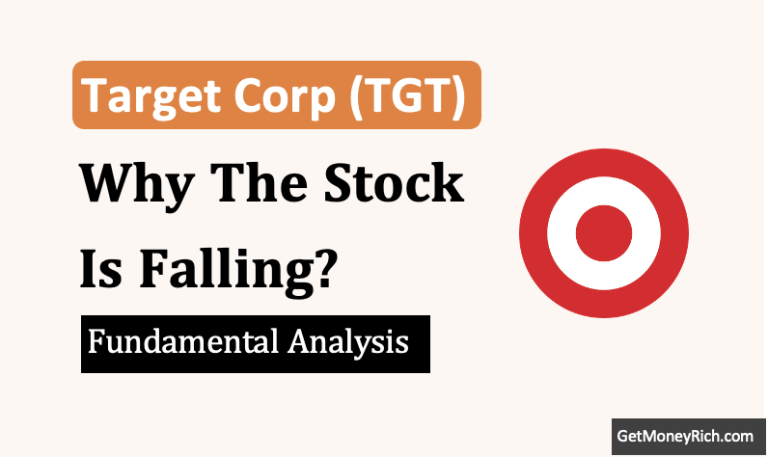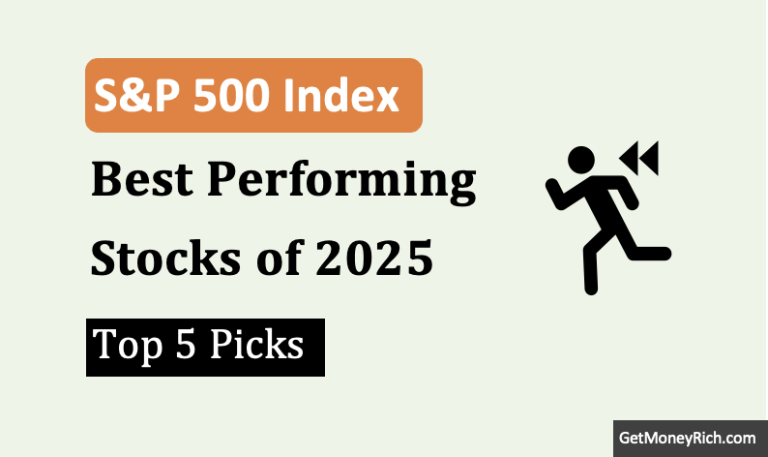If you’re on the hunt for a solid growth stock, you’ve probably come across Garmin (NYSE: GRMN) at some point. The brand is know for its GPS technology and fitness wearables. Garmin has carved out a niche in markets like aviation, marine, automotive, and fitness. But does it have what it takes to be a quality growth stock in your portfolio? Today, I’m diving deep into Garmin’s financials, dividend history, and valuation to answer that question. Let’s unravel this question in a way that’s easy to digest. At the end, I’ll share my take on whether Garmin is a buy for growth-focused investors.
A Quick Look at Garmin’s Financials
First, let’s start with Garmin’s financial performance over the past five years (2020–2024). I’ve pulled together key metrics from its Income Statement, Balance Sheet, and Cash Flow Statement. Let’s see how the company is growing and whether it’s financially healthy enough to sustain that growth.
Financial Snapshot (2020–2024)
| Metric (in Million USD) | 2020 | 2021 | 2022 | 2023 | 2024 | 5Y CAGR |
|---|---|---|---|---|---|---|
| Total Revenue | 4,186.57 | 4,982.8 | 4,860.29 | 5,228.25 | 6,236.09 | 8.51% |
| Gross Profit | 2,481.34 | 2,890.46 | 2,608.78 | 3,004.96 | 3,696.66 | 8.30% |
| Operating Income | 1,054.24 | 1,218.62 | 1,027.85 | 1,092.16 | 1,559.89 | 8.62% |
| Net Income | 992.32 | 1,082.2 | 973.59 | 1,289.64 | 1,411.44 | 7.30% |
| EPS | 5.17 | 5.61 | 5.04 | 6.71 | 7.93 | 7.14% |
| Total Assets | 7,031.37 | 7,854.43 | 7,731.17 | 8,605.37 | 9,630.53 | 6.49% |
| Cash and Equivalents | 1,458.44 | 1,498.06 | 1,279.19 | 1,693.45 | 2,079.47 | 7.35% |
| Total Current Liabilities | 1,164.22 | 1,448.15 | 1,121.64 | 1,310.69 | 1,507.88 | 5.31% |
| Total Equity | 5,516.12 | 6,114.16 | 6,260.34 | 7,102.08 | 7,484.4 | 7.31% |
| Levered Free Cash Flow (FCF) | 638.76 | 389.23 | 310.68 | 871.09 | 977.27 | 9.05% |
| Capital Expenditures (CapEx) | 1136.27 | 1012.43 | 788.26 | 1375.77 | 1432.47 | 4.70% |
So, what do these numbers tell us? Garmin has shown steady growth across the board.
- Revenue has grown at a 5-year compound annual growth rate (CAGR) of 8.51%. It reached the $6,236.09 million mark in 2024.
- Earnings per share (EPS) grew at a 7.14% CAGR, hitting $7.93 in 2024. These aren’t jaw-dropping growth rates you’d see in a hyper-growth tech stock. But they’re solid for a company in a mature industry like GPS and wearables.
What stands out to me is Garmin’s resilience.
In 2022, revenue dipped by 2.99%, likely due to macroeconomic headwinds like supply chain issues or reduced consumer spending. But the company bounced back with an 8.04% increase in 2023 and a strong 18.01% jump in 2024.
This ability to recover and grow is a good sign for growth investors who value consistency.
Profitability is another strong point.
- Garmin’s operating margins have stayed around 25%. It is an impressive number for a hardware-focused company.
- Free cash flow (FCF) growth is even more encouraging, with a 5-year CAGR of 9.05%. That tells me Garmin is generating plenty of cash to reinvest in innovation, like new fitness trackers or aviation tech, while also funding other shareholder-friendly moves.
Speaking of shareholder, let’s talk about dividends.
Dividend History
Garmin has a long history of paying dividends. Based on the data that I’ve collected, Garmin has paid dividends consistently in last 22 years. It is great for income investors but can sometimes signal that a company prioritizes returning cash to shareholders over reinvesting for growth.
Let’s take a look at its average dividend yield from 2003 to 2024.
Dividend Yield History (2003–2024)
| SL | Year | Average Dividend Yield |
|---|---|---|
| 1 | 2024 | 1.72% |
| 2 | 2023 | 2.71% |
| 3 | 2022 | 2.94% |
| 4 | 2021 | 1.93% |
| 5 | 2020 | 2.57% |
| 6 | 2019 | 2.59% |
| 7 | 2018 | 3.27% |
| 8 | 2017 | 3.77% |
| 9 | 2016 | 4.58% |
| 10 | 2015 | 4.75% |
| 11 | 2014 | 3.32% |
| 12 | 2013 | 4.53% |
| 13 | 2012 | 4.19% |
| 14 | 2011 | 3.40% |
| 15 | 2010 | 5.99% |
| 16 | 2009 | 2.36% |
| 17 | 2008 | 4.43% |
| 18 | 2007 | 1.26% |
| 19 | 2006 | 1.03% |
| 20 | 2005 | 0.87% |
| 21 | 2004 | 0.86% |
| 22 | 2003 | 0.90% |
Garmin’s dividend yield has fluctuated over the years, peaking at 5.99% in 2010 and dipping to 0.86% in 2004.
In recent years (2020–2024), the yield has averaged around 2.37%, with 2024 at 1.72%. This downward trend in yield could be due to a rising stock price rather than a cut in the dividend itself, which is actually a good thing for growth investors. It means, the market is valuing Garmin’s future growth potential.
To get a clearer picture, let’s estimate Garmin’s dividend payout ratio using the 2024 data.
- The EPS in 2024 was $7.93.
- Assuming the stock price reflects the 1.72% yield, we can back into the annual dividend per share.
- Let’s say the stock price in 2024 was around $170 (a rough estimate based on recent prices and the yield).
- A 1.72% yield would mean a dividend of about $2.92 per share ($170 × 1.72%).
- The payout ratio would then be $2.92 / $7.93 = 36.8%.
- That’s a moderate payout ratio, leaving plenty of earnings to reinvest in growth initiatives.
For growth investors, this is a double-edged sword.
- On one hand, Garmin’s commitment to dividends shows financial stability and confidence in its cash flows.
- On the other hand, a pure growth stock would likely reinvest all profits into R&D or expansion rather than paying dividends.
Garmin seems to be striking a balance, which might appeal to investors looking for growth at a reasonable price (GARP) rather than pure growth.
Valuation: Is Garmin Priced for Growth?
Finally, let’s look at Garmin’s valuation to see if the stock is priced attractively for its growth prospects.
Here’s how Garmin’s valuation ratios stack up against the industry averages.
Valuation Ratios (Trailing Twelve Months)
| Metric | Garmin | Industry |
|---|---|---|
| P/E Ratio TTM | 30.78 | 34.76 |
| Price to Sales TTM | 7.38 | 6.73 |
| Price to Cash Flow TTM | 32.43 | 60.71 |
| Price to Book (Q) | 5.93 | 14.95 |
| Price to Tangible Book (Q) | 6.57 | 0.27 |
Q = Value from recent quarter
- P/E Multiple: Garmin’s price-to-earnings (P/E) ratio of 30.78 is slightly below the industry average of 34.76. It suggests that it’s not overpriced compared to peers. However, a P/E of 30+ is on the higher side for a company which is growing its EPS at 7.14% annually.
- PEG Multiple: Using the PEG ratio (P/E divided by EPS growth rate), we get 30.78 / 7.14 = 4.31. A PEG ratio above 1 indicates the stock might be overvalued relative to its growth—something to keep in mind.
- P/S Ratio: The price-to-sales (P/S) ratio of 7.38 is a bit above the industry average of 6.73. It is again suggesting that Garmin is trading at a premium.
- P/FCF Ratio: The price-to-cash-flow (P/CF) ratio of 32.43 is significantly lower than the industry’s 60.71. It is indicating that Garmin is generating strong cash flow relative to its stock price, a positive for growth investors.
- P/B Ratio: The price-to-book (P/B) ratio of 5.93 is well below the industry average of 14.95. It means, Garmin is undervalued compared to peers on a book value basis. However, the price-to-tangible-book ratio of 6.57 is much higher than the industry’s 0.27,. It means, Garmin’s value is tied more to intangible assets like brand and intellectual property. But this is typical for a tech company (no surprises).
Overall, Garmin’s valuation is a mixed bag.
It’s not screaming “cheap,” but it’s also not outrageously expensive compared to the industry.
The high P/CF and low P/B ratios are encouraging, but the PEG ratio suggests caution.
Is Garmin a Quality Growth Stock?
Now that we’ve crunched the numbers, let’s put it all together.
A quality growth stock typically has strong revenue and earnings growth, a solid balance sheet, efficient cash flow generation, and a valuation that justifies its growth potential.
How does Garmin stack up?
The Case For Garmin as a Growth Stock
- Steady Growth: With a 5-year revenue CAGR of 8.51% and an EPS CAGR of 7.14%, Garmin is growing consistently, even through tough years like 2022. The 18.01% revenue jump in 2024 is particularly encouraging.
- Strong Cash Flows: A 9.05% FCF CAGR means Garmin has the cash to invest in innovation, whether it’s new fitness wearables or aviation tech. The growing cash position ($2,079.47 million in 2024) adds flexibility.
- Financial Stability: A 25% operating margin, moderate payout ratio (around 36.8%), and a healthy balance sheet (7.31% equity CAGR) make Garmin a lower-risk growth play.
- Reasonable Valuation: While not cheap, Garmin’s P/E and P/B ratios are below industry averages, suggesting it’s not overvalued compared to peers.
The Case Against Garmin as a Growth Stock
- Moderate Growth Rates: The 7–9% growth rates are solid but not spectacular. Growth investors often look for double-digit growth, which Garmin doesn’t deliver.
- Dividend Focus: While the dividend is a plus for income investors, it might signal that Garmin is prioritizing shareholder payouts over aggressive reinvestment for growth.
- Valuation Concerns: The PEG ratio of 4.31 suggests Garmin might be overpriced for its growth rate, which could limit upside potential for new investors.
- Macro Sensitivity: The 2022 dip shows Garmin isn’t immune to economic downturns, which could be a concern for growth investors seeking “all-weather” stocks.
Conclusion
After digging into the numbers, I’d say Garmin is a quality stock with growth potential. But it’s not a pure growth stock in the traditional sense.
It’s more of a GARP (growth at a reasonable price) play.
The company’s steady growth, strong cash flows, and financial stability make it a reliable pick for investors who want exposure to growth without the volatility of a hyper-growth stock. However, if you’re looking for explosive 20%+ annual growth, Garmin might not be your best bet.
For me, Garmin shines as a balanced investment. It offers a bit of growth, a decent dividend yield (1.72% in 2024), and a valuation that’s reasonable compared to the industry. If you’re a long-term investor who values consistency and resilience, Garmin could be a great addition to your portfolio.
But if you’re chasing the next big tech rocket, you might want to look elsewhere.
What do you think? Are you considering Garmin for your portfolio, or are you hunting for something with more growth potential? Let me know in the comments, I’d love to hear your thoughts.
If you found this analysis helpful, don’t forget to share it with your fellow investors.
Have a Happy investing.






